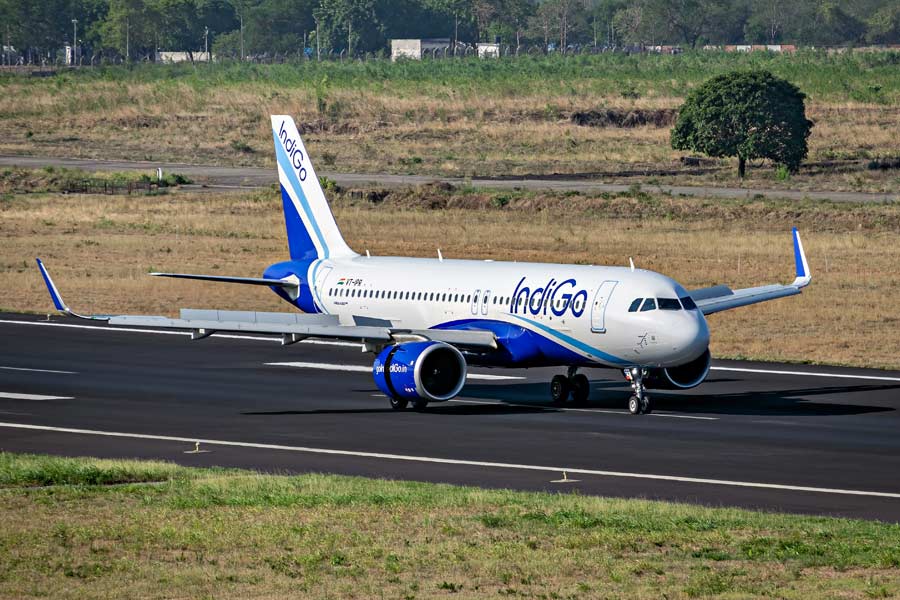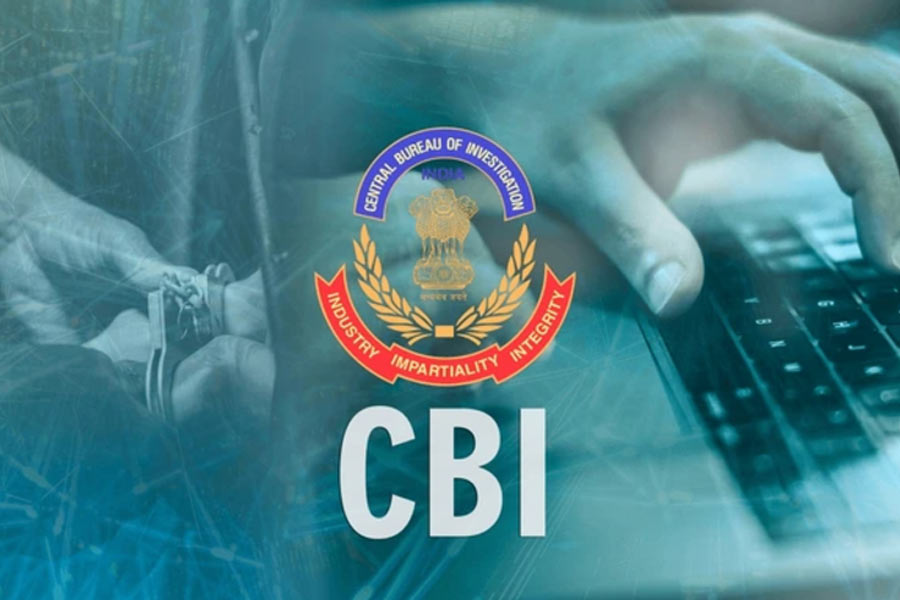The Centre has extended the term of Reserve Bank of India (RBI) governor Shaktikanta Das by three years till December 31, 2024. Das, who is the 25th governor of the RBI, will be the longest serving governor in recent years.
“The Appointments Committee of the Cabinet has approved the reappointment of Shri Shaktikanta Das, IAS Retd, as Governor, Reserve Bank of India for a period of three years beyond 10.12.2021 or until further orders, whichever is earlier,” a government order issued late Thursday night said.
Das, who was earlier the economic affairs secretary, was appointed as the RBI governor on December 11, 2018, for three years following the sudden resignation of Urjit Patel. Among the previous governors, Bimal Jalan exited just two months short of six years, while Y.V. Reddy and D. Subbarao had five-year terms.
Das is the first RBI governor to get an extension after the BJP-led government came to power in 2014. Raghuram Rajan, who had a tenure of three years, was denied extension in 2016.
Rahul Bajoria, chief economist at Barclays, said the reappointment signals continuity of monetary policy and greater stability to the government-RBI relations. The three year appointment is slightly longer than the usual two-year extension that has been the norm recently, he said.
Das’s term at Mint Street has been an eventful one with the central bank doing the heavylifting to revive the economy, particularly after Covid-19 .
Under his tenure, the RBI has cut the policy repo rate cumulatively by 250 basis points, of which 115 basis points came after the pandemic — a massive 75 basis point cut was announced on March 27, 2020 when the monetary policy committee (MPC) advanced its meeting to mitigate the impact of the pandemic.
The RBI has since taken several unconventional measures to lift the economy. During the first six months of this fiscal, liquidity of Rs 2.37 lakh crore was infused through bond purchases, including the G-Sec Acquisition Programme or G-SAP.
Earlier this month, Das said the RBI has taken more than 100 measures to respond to the pandemic. The RBI also gave a major relief to retail individuals affected by the pandemic through two loan moratorium schemes.
Das also oversaw the resolutions at Yes Bank, Lakshmi Vilas Bank and PMC Bank and referred DHFL and two Srei entities to the NCLT.
With the domestic economy on a recovery path, observers say the key challenge will be to bring about the policy normalisation without a hard landing.
Many expect the interest rate setting body to first raise the reverse repo in December or latest by February 2022 and follow it up with a repo rate hike.










